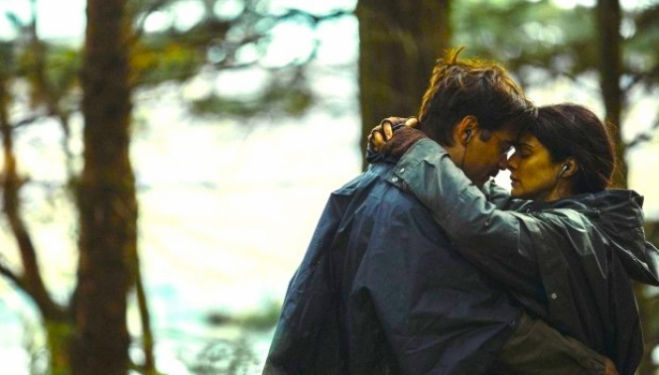
The documentary opens with a beautiful close-up of a three-thousand-year-old block of quartz discovered in the Chilean desert, which encases a single, ancient drop of water. Having thus introduced the leitmotifs of water and Chilean history, Guzmán examines not only his country’s rich landscape but also the terrible violence experienced by its indigenous tribes, and finally, the shocking brutality of the military dictatorship instigated in 1973.
Water connects these three narrative strands. Nomads who travelled along the country’s shore by canoe, the lives of Chile’s indigenous people were dominated by the sea. Due to the violence of European colonists, however, these tribes are now all nearly extinct. Guzmán interviews a handful of survivors with poignant sensitivity, asking them to recount their memories of water travel and speak the words for ‘ocean,’ ‘moon,’ and ‘boat’ in their traditional language Kawésqar. The effect on the audience is utterly moving.
Guzmán’s treatment of aboriginal culture is masterful. Particularly emotive is the tragic story of the aboriginal Fuegian Jemmy Button, which gives the documentary its title. Taken to Britain by white colonists to be ‘civilised’ in exchange for a single pearl button, Jemmy had his rich culture stripped off him and was eventually returned to Chile a changed man.
A collage of breathtaking nature shots, images of space, old photographs, and interviews, The Pearl Button offers an extremely nuanced portrait of Chile’s past and present. Reflective, poetic, and haunting, this is documentary filmmaking at its poignant best.
| What | The Pearl Button |
| Where | Various Locations | MAP |
| Nearest tube | Leicester Square (underground) |
| When |
15 Oct 15 – 15 Nov 15, various times |
| Price | £determined by cinema |
| Website | Click here to book tickets for the London Film Festival |




